 Coordinators of the Ryan Street Community Garden in Hancock -- from left, Viki Weglarz, Keren Tischler and Barbara Hardy -- take a break from garden work on a sunny June 2, 2011. (Photos by Keweenaw Now unless otherwise indicated.)
Coordinators of the Ryan Street Community Garden in Hancock -- from left, Viki Weglarz, Keren Tischler and Barbara Hardy -- take a break from garden work on a sunny June 2, 2011. (Photos by Keweenaw Now unless otherwise indicated.)By Leena Vänni *
I have no experience with gardening because I am a "city girl." When I arrived in Hancock, I saw a sign very near to the house where I’m living. When I found out it was a community garden I decided to take part, and I have had only a positive experience. In the garden, there is always something to do; and, after long days in the office, physical work acts as a great counterbalance.
 Leena Vänni, author of this article, checks on the vegetables she has planted in her raised bed plot at the Ryan Street Community Garden. Vänni, of Tampere, Finland, has been in Hancock for several months working as an intern for The Finnish American Reporter.*
Leena Vänni, author of this article, checks on the vegetables she has planted in her raised bed plot at the Ryan Street Community Garden. Vänni, of Tampere, Finland, has been in Hancock for several months working as an intern for The Finnish American Reporter.* I have a private backyard on the other side of my house, so I had a choice to make. I could learn to garden all by myself on the shadowy side of the house -- or garden together with the other people who teach me and help me and are there to chat with while we tend to our crops. The decision wasn’t too hard. In "community gardening," the "community" comes first.
This is the first growing season for the Ryan Street Community Garden, which was founded in collaboration with Finlandia University and the City of Hancock. It is Hancock’s first community garden and part of a strategic and creative long-term exchange of resources between the University and the community. The idea of the community garden came from Glenn Anderson, Hancock city manager. Philip Johnson, president of Finlandia University, was inspired by the idea of the community garden. As Finlandia was tearing down old houses on its campus, the university was able to provide a piece of land.
 Part of the City of Hancock's commitment to the community garden project is to provide water to the garden at no charge. Shown here, from left, are Joe, Bob, and Ken of the Hancock Department of Public Works hooking up a supply line for the garden off the existing water hydrant. Sustainable water use strategy at the garden is first to conserve water, then to collect and use rainwater from on-site sources, and as a last option use City-supplied water. (Photo © and courtesy Sustainable Keweenaw Resource Center)
Part of the City of Hancock's commitment to the community garden project is to provide water to the garden at no charge. Shown here, from left, are Joe, Bob, and Ken of the Hancock Department of Public Works hooking up a supply line for the garden off the existing water hydrant. Sustainable water use strategy at the garden is first to conserve water, then to collect and use rainwater from on-site sources, and as a last option use City-supplied water. (Photo © and courtesy Sustainable Keweenaw Resource Center) "At Finlandia, we are looking for every way possible to build the campus and the community together," says Johnson.
He finds the community garden a great opportunity for the university to be part of a sustainable community.
The process of creating a garden required a lot of work. The old foundations and remnants of construction debris were filled in and covered over with sand and gravel. Very little topsoil was left to support a garden, and large pieces of concrete and stone foundation remained just below the surface. Because of this, the primary challenge to developing the site was to improve the soil.
 At a garden orientation on May 7, 2011, gardeners discuss the community compost system and the importance of cycling nutrients to maintain soil fertility. Barbara Hardy, left, said one great feature of the garden is the fact that the gardeners can have an outlet for composting their own food scraps. (Photo © and courtesy Sustainable Keweenaw Resource Center)
At a garden orientation on May 7, 2011, gardeners discuss the community compost system and the importance of cycling nutrients to maintain soil fertility. Barbara Hardy, left, said one great feature of the garden is the fact that the gardeners can have an outlet for composting their own food scraps. (Photo © and courtesy Sustainable Keweenaw Resource Center) "I am amazed how fast the coordinators made good plans and carried it through. The design of the garden seems to be as good as it could be," said one of the gardeners, Don Herman, whose grandparents came from Vaasa, Finland.
Herman is an experienced gardener and used to have a garden when he lived for 40 years near San Diego, California. It was a great place to grow fruit trees. Michigan’s Upper Peninsula has a more demanding climate, so he is approaching this first summer as an experimental period, planting several vegetables and finding out what will do well.
 Hancock resident Don Herman waters his vegetable patch at the Ryan Street Community Garden on a sunny afternoon. (Photo © and courtesy Leena Vänni)
Hancock resident Don Herman waters his vegetable patch at the Ryan Street Community Garden on a sunny afternoon. (Photo © and courtesy Leena Vänni)The design solution was to build raised beds.
"We designed the rest of the garden around the raised beds, working our ideas out on paper first and implementing them as the labor and resources are available," said the Sustainable Keweenaw Resource Center's Barbara Hardy, coordinator of the garden project. "This is only the garden’s first season so there is still much to be developed. In addition to the raised beds for growing annual vegetables, flowers, and herbs we plan to have a perennial food garden, a rainwater roof catchment system, an information kiosk, interpretive signage, public art pieces, and much more."
 Mark Salo of Salo Contracting (on roof), is pictured here with his crew (from left) John Crooks and Mark Hill, during construction of the shed for storing garden tools and supplies. Salo, an experienced forester and timber-frame builder, generously donated his time to custom design and build the structure for the Ryan Street Garden. (Photo © and courtesy Sustainable Keweenaw Resource Center)
Mark Salo of Salo Contracting (on roof), is pictured here with his crew (from left) John Crooks and Mark Hill, during construction of the shed for storing garden tools and supplies. Salo, an experienced forester and timber-frame builder, generously donated his time to custom design and build the structure for the Ryan Street Garden. (Photo © and courtesy Sustainable Keweenaw Resource Center) The piece of land had previously been a site of two houses, both of which were inhabited by nuns. During the groundwork, several crucifixes and other religious objects were found and collected. In a stroke of bad luck, these objects were stolen later on as they were waiting to be picked up.
Hardy has lots of ideas for the community garden. She hopes to use the garden for educational purposes. The variety of ages, experience levels, and gardening styles among the participating gardeners results in a natural and informal exchange of information that happens between people when they work together. Some of the new gardeners have no experience at all.
Because the garden is located in the heart of downtown and is surrounded by the Finlandia University campus, the site is very visible to the public and receives a lot of visitors.
"We plan to have demonstration areas and interpretive signage throughout the garden so people can take a self-guided tour and learn about different elements of the garden such as composting, cold-hardy crops, rainwater collection, native and companion plants, and more," said Hardy.
 Barbara Hardy adjusts a row cover made of spun polyester. The covers protect young plants from frost. The completed storage shed can be seen in the background.
Barbara Hardy adjusts a row cover made of spun polyester. The covers protect young plants from frost. The completed storage shed can be seen in the background.In the future, Hardy’s idea is to work with the university to convert the house adjacent to the garden into a learning center for classes and workshops.
Community gardens bring many benefits to the community, like stimulating social interaction, beautifying neighborhoods and producing nutritious food.
Hardy said that, for her, the most important value of the community garden is building community self-reliance, which she defines as learning how to meet the needs of our community with the resources and skills we have available within our region.
 Hancock resident Joyce Koskenmaki checks on her vegetable plot at the Ryan Street Community Garden.
Hancock resident Joyce Koskenmaki checks on her vegetable plot at the Ryan Street Community Garden."Learning how to grow your own food is a fun and rewarding place to start," Hardy noted. "In fact gardening encompasses a lot more than just agricultural skills. You also learn about nutrition, cooking, carpentry, plumbing, masonry, local meteorology, geology, natural history, social dynamics and much more."
 Ryan Street Garden coordinators, from left, Barbara Hardy, Keren Tischler and Viki Weglarz inside the tool shed.
Ryan Street Garden coordinators, from left, Barbara Hardy, Keren Tischler and Viki Weglarz inside the tool shed.Gardener Herman finds several benefits as well, like being a part of a group with similar goals and helping to start something that is meaningful for the community.
"Gardening is also good exercise, and it gives satisfaction to see something valuable grow," he said.
*Editor's Notes: This article first appeared, in slightly different form, in the June 2011 issue of The Finnish American Reporter (Vol. 25 - No. 6). Reprinted with permission.
See more photos on the Sustainable Keweenaw Resource Center's Web site.









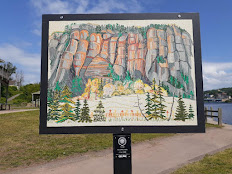





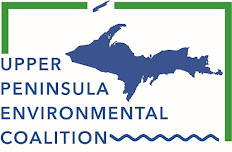
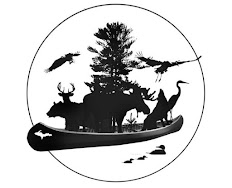
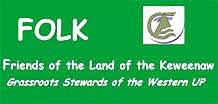
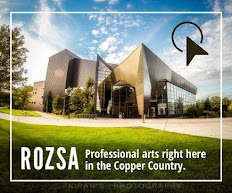


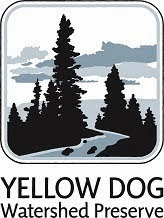




















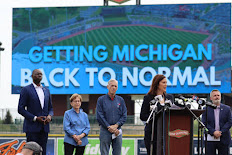




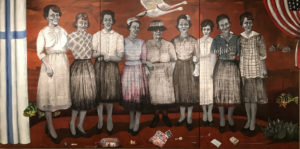
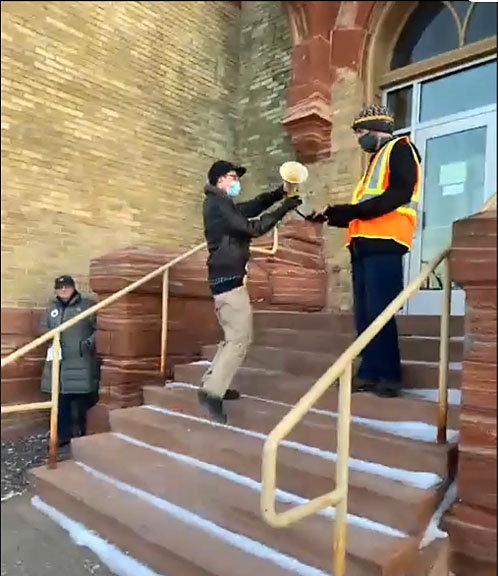




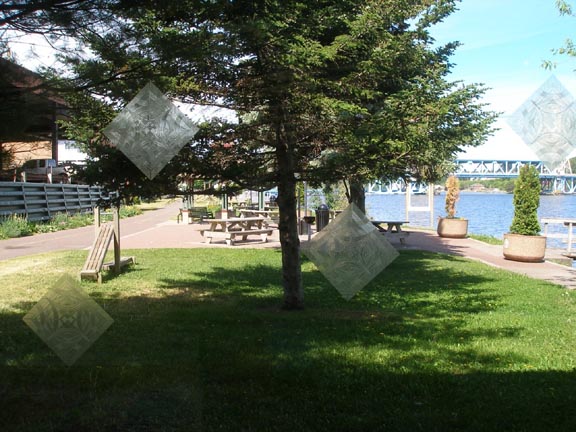







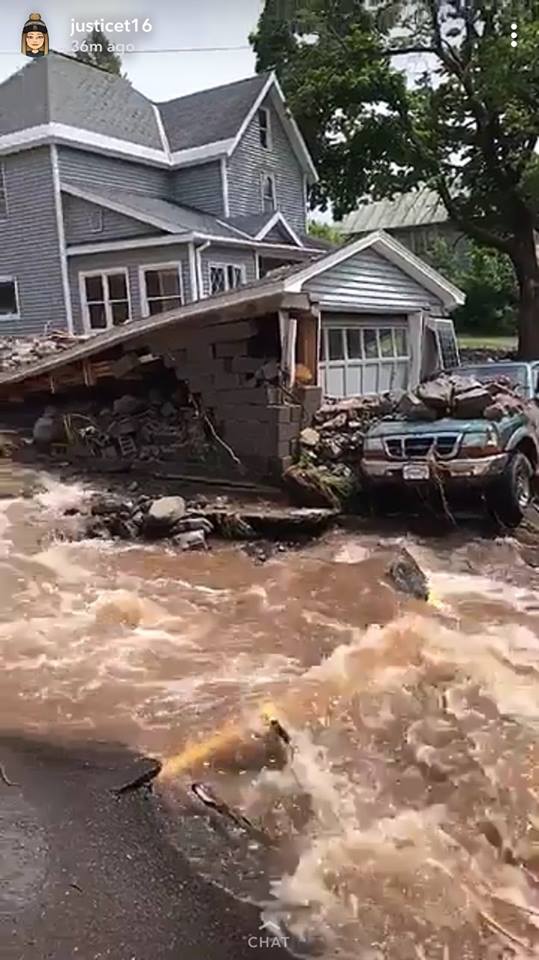

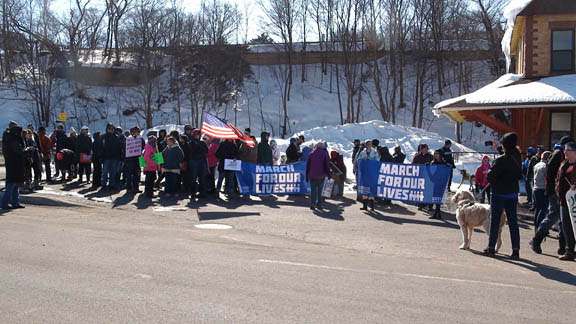
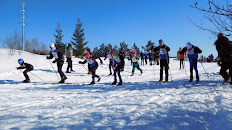

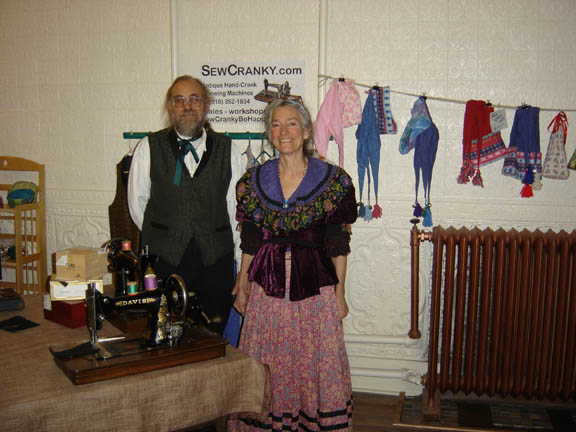
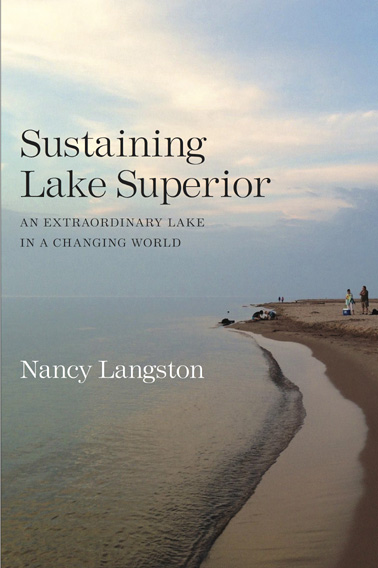





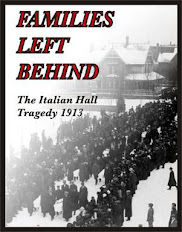

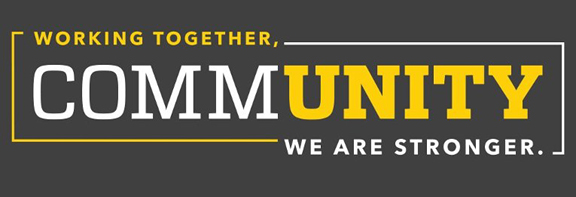
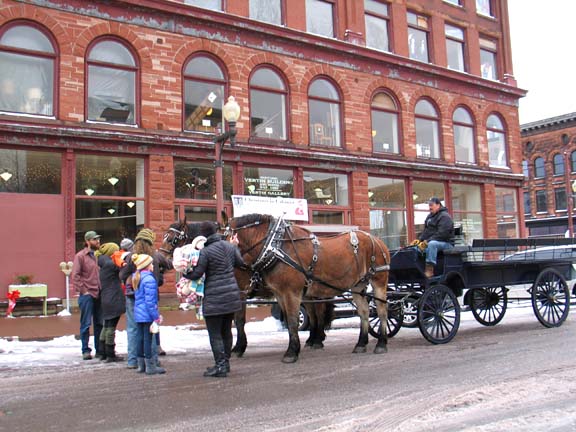

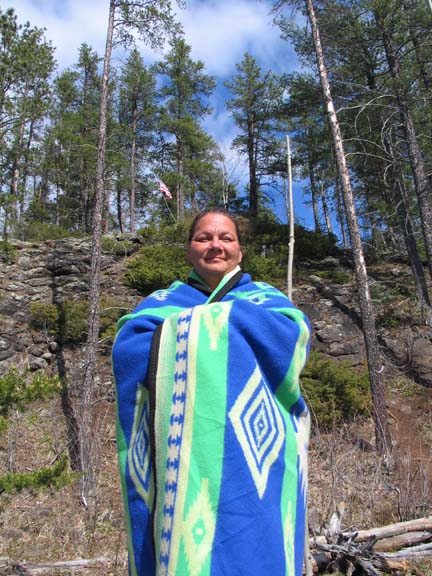


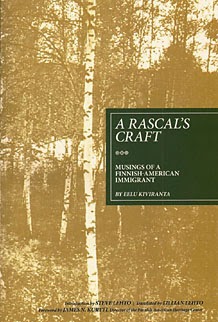

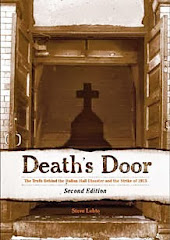




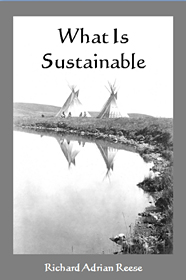


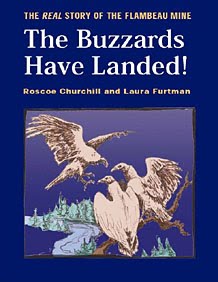


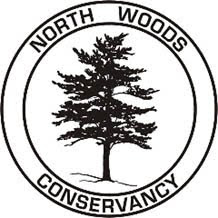
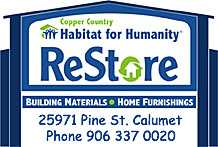


No comments:
Post a Comment